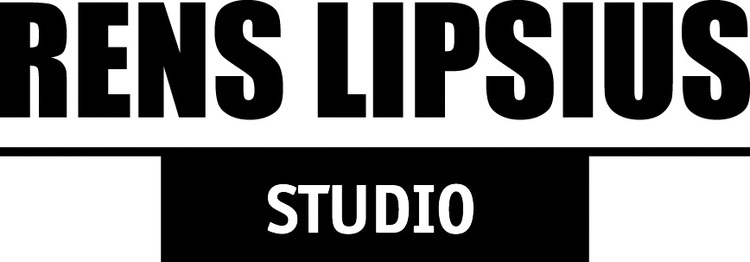Photography
The bow of the ship is painting and the other media follow in the wake, though sometimes the ship changes its bow…
Photography is a medium in and of itself and is therefore separate from my painting; it stands by itself.
Photography has always been part of my work since I first received a Kodak at age 11. After quitting art school, I made a career as a successful advertisement photographer working between Paris and New York, which help me preserve my artistic freedom. It taught me many things about organization, efficiency and lighting. It is again working with light that most interests me most in photography. In painting, it becomes abstract, but in photography – especially analog photography – it is very sensual and direct.
Photography can’t be compared to painting except for large format cameras. The way of working with 4x5-inch and larger cameras is different. First, they are on a tripod. Secondly, the approach to framing is different: it is more about material and filling up the frosted glass with matter projected onto it through its lens. This process reminds me very much of painting on an easel.
The main subjects for my 4”x 5” large format photography are the different projects I work on, and therefore many have the Ideal Artist Houses as a subject. When building them, I traditionally take notes on how the light falls and when I come in with the 4”x 5” I know when the light is best, a very classical and analog way of working. I have always liked that way of looking at light in these empty IAH spaces conceived as “lungs breathing with light”; how light falls through the lens and projects an image on the frosted glass. The manipulation of putting film into the camera or film holder, exposing the film and then developing it. Then when enlarged for the final printing, once more projecting light – but this time from the head of the enlarger through the film on the light-sensitive paper-emulsion. It is all very sensual.
This process with a camera takes place before the works are installed, because I don’t want it to be like a documentation of the finished project. This way, the photography remains independent and once more I ask myself: “what is it we are looking at?”.
I also take 4”x 5” photographs of my painting studios and my works, finished or unfinished: they create somewhat random compositions. The way the light falls onto them. The rhythm created by light. A digital work was based upon this: Rhythmically Yours.
The New York Studio on Varick Street was very much adapted for such light observation.
A single 10x10 m space with one large window facing south, and 4.50 m ceiling height.
I called the studio the “light box”. Two types of curtains were installed: one to diffuse and another one to block the light. I could play with light rays – I could temper, diffuse, occult, widen or narrow them as I wished.
35 mm photography is very much about framing. Light Observation Field refers to this way of working; a frame put into the landscape which was completed by nature itself.
Photography 4” x 5”
Photography 6 x 6
Light observation field- Objet Dérivé - a dear, 80x 80 cm/printend on archival paper, mounted on dibond/ edition of 10.
Portraits
Self portrait at age 24 as a Junglehero”, silver gelatin print ,100x125 cm Ed.10
Photography from Zimbabwe
Photographic Notes
Medium Size Photography
4x 1x1m, mounted on Dibon, ed. 10
Astrid Park Photos
Photographs of this park in Brugge, Belgium, with blocked lightmeter taken over a whole day. I took the light at the brightest moment and kept the same settings ( lens opening/shutterspeed) for all the other photos independant from any light changes.
Light Observation Field: 1000 Photographs with Blocked Lightmeter
A 65x130 meter rectangle traced in the landscape (exactly north-south in its length) by equalizing the earth surface and seeding it with 24 different biological grasses, and by digging ditches and planting 63 oaks around its boundary line. A frame for the observation of light changes.






